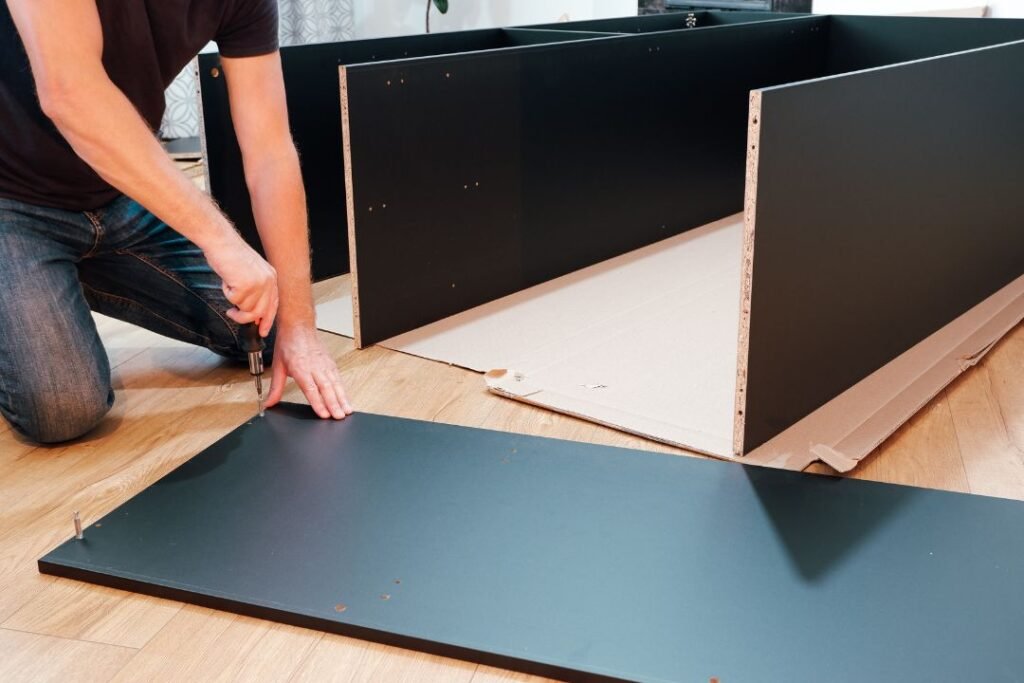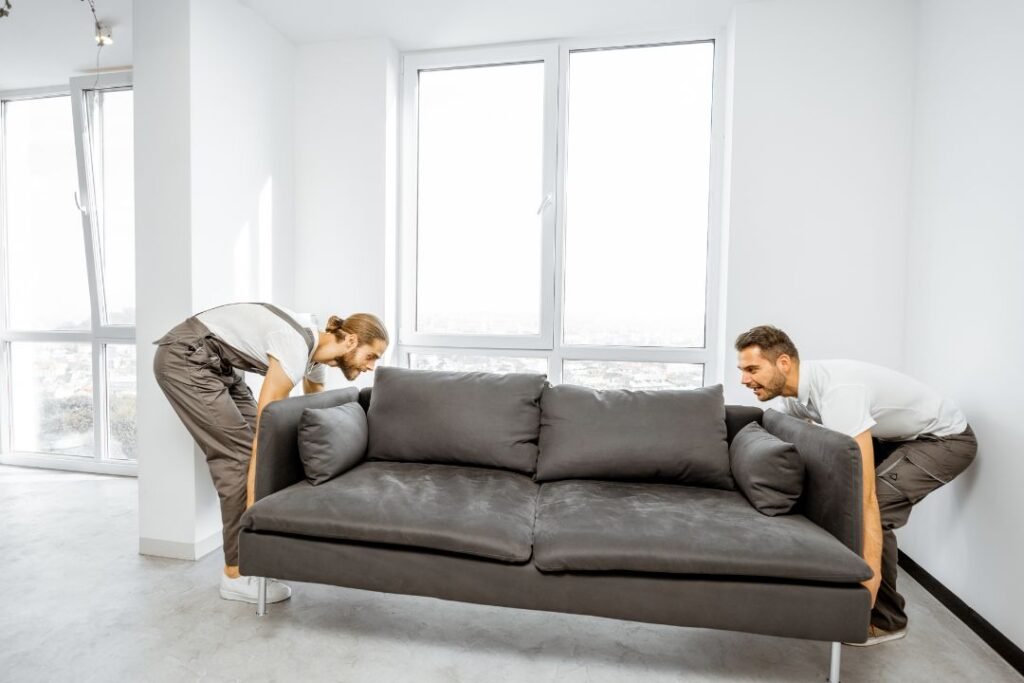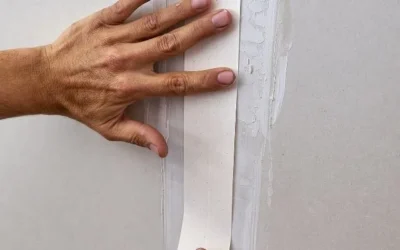Moving homes is a monumental task that involves more than just transferring belongings; it’s about carefully transporting pieces of your life from one place to another. This process often involves manoeuvring large, awkwardly shaped items through narrow doorways, tight hallways, and up or down staircases, which can be a recipe for damage to your walls, floors, and door frames. Whether you’re leaving a rental and hoping to get the whole of your bond back, or moving into a new home you wish to keep pristine, the protection of your property’s walls is critical. This guide outlines strategic steps and preventive measures to protect your walls from damage during your move, ensuring a smooth transition to your new home with your living spaces in flawless condition.
1. Protect with Furniture Padding and Wall Guards
The risk of scuff marks and dents in your walls, especially plasterboard, is high when moving large, bulky items. Cushioning your furniture’s sharp or protruding edges and using wall guards can significantly reduce this risk. Door frames, in particular, are vulnerable as you navigate through them with items like sofas, cabinets, and large musical instruments
When you get to your new home, you’ll want to ensure you have this padding in place once more to prevent damage before you even have a chance to enjoy your first night in the new space. While a professional, skilled plasterer can make short work of any damage you cause, it’s much nicer to get things done without any catastrophes.

2. Plan your maneuvers first
A lot of furniture is oddly shaped, making it hard to navigate tight spaces while carrying it. This can lead to a lot of accidental bumps and dents on walls and door frames. Any large pieces should be carried using a team lift with two or more people to ensure you have the greatest range of motion. It’s a lot easier to manage a dresser in a stairwell with two people than it is trying to finagle the dolly down the stairs on your own.
Before lifting heavy items, you’ll need to ensure you have enough clearance from the walls. If the weight shifts, there is a solid chance the item may tilt forcefully into the wall, causing damage. Again, a team lift in this situation goes a long way toward preventing broken belongings or wall of any kind.
When you need to navigate a turn through a doorway, it’s best to have a plan before you make the first move. Consider how you will protect the door frame, your belongings, and any nearby walls. Taking things slowly is crucial in safe manoeuvres for the people lifting as well as protecting your belongings and house.

3. Disassemble and reassemble large furniture
You may have the option to disassemble and reassemble some of your furniture, and although this may seem like an unnecessary task it could actually save a lot of time and headaches in the long run especially for large or awkward shaped items. This process makes moving much easier, as you will have smaller items to work with, reducing the risk of damage to the walls or your belongings. Some moving companies offer this as a service to disassemble and reassemble furniture, enquire about this in the quoting process if you don’t want to do this part yourself.
Bed frames and bookshelves are ideal for disassembling and reassembling. It’s nearly impossible to get these items out the door without causing some type of damage. Not to mention, you’ll get the bonus of not having to lift the entire weight all at once, if you are moving items yourself.
It’s important to keep all the parts together so you can quickly reassemble the furniture when you’ve finished moving into your new home. Consider a small storage bag for the nuts and bolts. Also, don’t forget to label the bag to ensure it ends up with the right piece of furniture.
4. Clear pathways and protect the flooring
When you need to move something from point A to point B, having a clear path is essential. Moving from one house to another is no exception. When you need to get a dresser from the bedroom to the moving truck, you don’t need the rest of your belongings in your path. This can create a dangerous trip hazard that leads to an accident where you have damage to your belongings, the home, or yourself. It is well worth the time taken to clear the pathway, whether you are paying movers by the hour or moving things yourself, you’ll save a lot of time not having to maneuver around items in the way.
Something else to consider while moving is that it’s not just the walls that can be damaged. If you drop something heavy on the floor, it can cause some pretty severe dings. This is true whether you have timber or tile flooring. Consider placing floor runners or something else to protect the floor from accidental damage. You’ll also want to ensure that the material you choose is slip-resistant so that you don’t take a tumble while moving.

5. Get professional help from a reputable moving company
Well in advance of your moving day, you should consider having a pre-move inspection. This will allow you the time you need to assess everything that will be moving and what areas need more attention than others. Additionally, it can help you determine if you need to call in the professionals.
If you have a large home with a lot of big pieces of furniture, it may be in your best interests to hire a professional moving company, like the team at Ipswich Removalists. They are highly experienced at navigating tight spaces without causing damage to the home or your belongings. Additionally, they’ll do all the heavy lifting for you, keeping you safe from injury. If any damage is caused by their staff, most reputable moving companies have insurance to cover damage so you won’t be out of pocket. That’s why it pays to go with a reputable company, not just anyone.
Planning is key to avoiding unwanted damage
When you’re ready to move, planning is critical to ensure you don’t have to rush through the process. Rushing leads to accidental damage that requires repair either by yourself (check out our DIY guide on how to repair minor wall damage) or paying someone else like a plasterer, a handyman or even a tiler. Save yourself the headache and follow these tips to ensure you have a scuff-free move to your new home.




